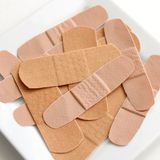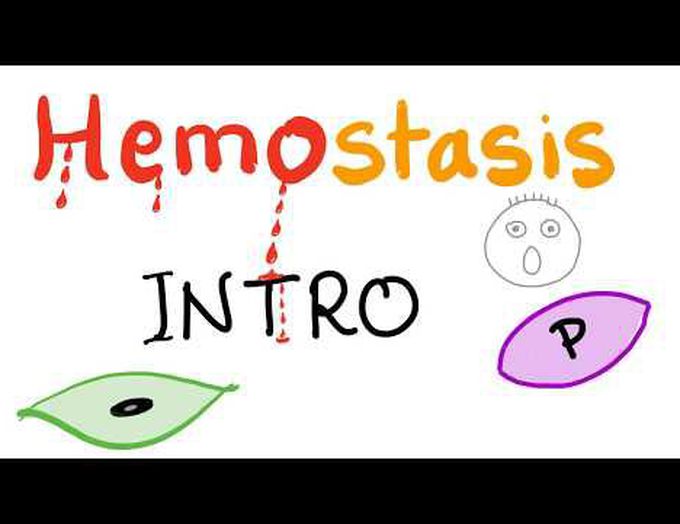


Hemostasis Introduction
Primary hemostasis is balanced on the dynamic harmonious antagonism between the smooth endothelium (that prefers laminar blood flow) and thrombocytes (which favor clotting and thrombosis). Platelets are called thrombocytes "cells of thrombus". The smooth endothelium is squamous epithelium that lines the blood and lymphatic vessels from the inside. When platelets roll over the smooth endothelium, nothing happens. But, once there is an injured endothelium, platelets adhere, activate and aggregate to form a temporary platelet plug (primary hemostasis). Then, the coagulation factors are stimulated "thanks to subendothelial collagen, tissue thromboplastin and platelet factor 3), coagulation cascade ensues until fibrinogen is converted into fibrin fibers trapping the RBCs and forming a stronger thrombus (secondary hemostasis). After that, fibrinolysis occur (thanks to tissue plasminogen activator or tPA) to destroy the clot and restore function and flow.

